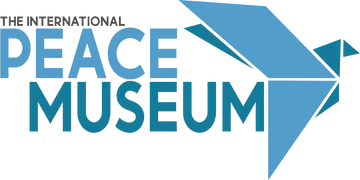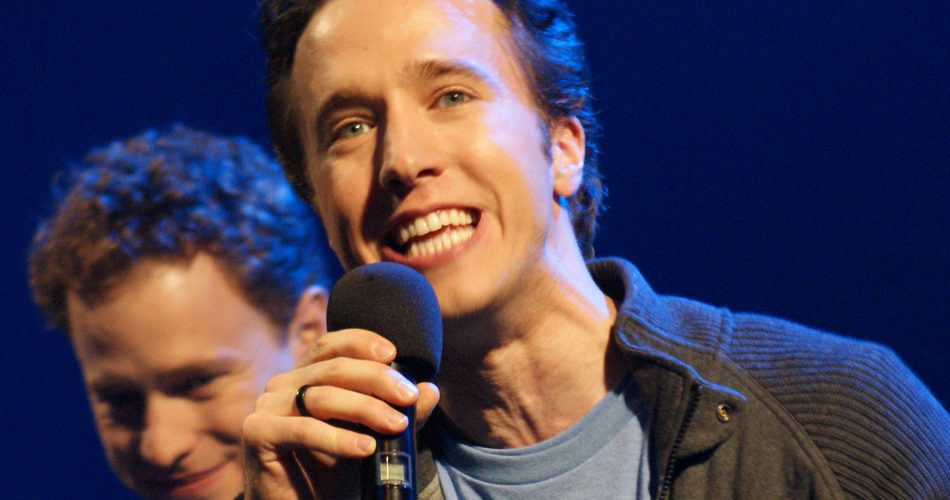At the age of 12, Canadian Craig Kielburger read a newspaper article that motivated him to take action. Iqbal Masih, a boy the same age in Pakistan, had lost his life defending other children.
Iqbal was kidnapped and sold into slavery at the age of four. He was chained to a carpet loom and forced to work up to 14 hours a day. Iqbal lived this way for six years. After being freed, Iqbal brought public attention to the plight of other enslaved children. His activism eventually led to his murder.
Craig felt compelled to take on the cause himself and went to work on a plan. He convinced 11 of his classmates to join him in fighting child labor. If Iqbal as one individual was able to bring the conditions of children to the media, what could they do as a team? The Free the Children movement took root.
Free the Children began as children wanting to help other children by fighting slavery, exploitation, prostitution, and poverty. To start, they petitioned world leaders to take action on the growing issue of child slavery. Little by little, their organization grew to an international network. To fund this, the children organized bake sales, garage sales, car washes, and collected donations from classmates.
Craig went to South Asia two years after starting Free the Children. He spent time in the slums and sweatshops on a search for enslaved children. He cooperated with local police to free children from one such factory. Craig accompanied the children as they reunited with their families. The families told him of the pain they felt on losing their children and the joy experienced on their return.
Craig and Free the Children helped create a process that certifies imported carpets made without child labor. Their actions also prompted many U.S. sporting goods companies to refuse to buy and sell soccer balls sewn by children in Pakistan. As someone in the public eye, however, Craig had his critics. Many believed he was too young to be interacting in such a way with adults and politicians. He brought up subjects considered taboo, such as enslaved children being used for prostitution. Many critics did not think this topic should be discussed with someone Craig’s age.
Despite the criticism, Free the Children did not lose sight of its goals. Free the Children now funds educational and rehabilitation centers for exploited children. It is active in almost 50 countries. Its funding still comes primarily through events organized by children.
Craig and his brother Marc have since created several spin off organizations. Leaders Today empowers children in Kenya and Ecuador by teaching them how to bring about change. Me to We encourages corporations to buy products made by artisans in underdeveloped countries.
Craig Kielburger continues to make a difference by motivating others to get involved and take action to improve conditions for people around the world.
References
“Craig Kielburger Biography.” (n.d.). Peaceheroes.com. Retrieved from peaceheroes.com/CraigKielburger/craigkielburgerbio.htm
“Our story: A connection a world away.” (n.d.). Freethechildren.com. Retrieved from freethechildren.com/about-us/our-story/
Image credit: Craig Kielburger with brother Marc, by Siavash Ghazvinian, licensed under CC BY-SA 3.0.


